
Refrigerated Trailers: Keeping Your Product Cold and Fresh
Publish Date : Feb 24, 2023 By Team KAL Trailers Trucks and Trailers
Refrigerated trailers are commonly known as reefers, and they move temperature-controlled products from one point to another. All reefer shipments involve a standard trailer with a built-in refrigeration system where the goods are stored. The trailer can control the temperature throughout the load to make sure the products remain fresh and cold all the way.
What They Ship:
Most of you know that refrigerated trailers move frozen foods, fresh vegetables, and meat, but most of you don't know that they are also used to ship electronic equipment, flowers, cosmetics, pharmaceuticals, and sometimes antiques too.
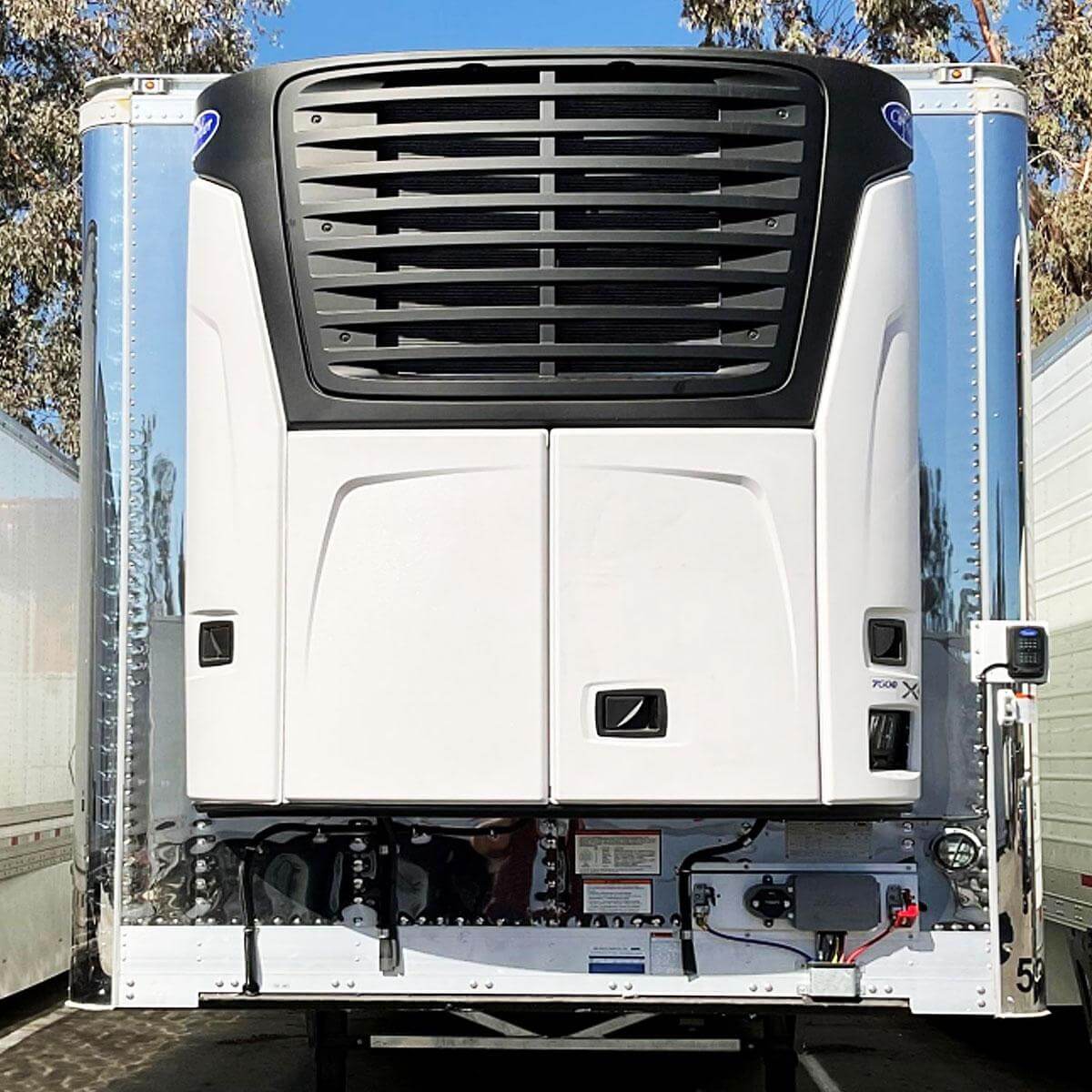
How Do Reefers Work?
The primary purpose of the refrigerated trailer is to keep products at a specific temperature and not just cool them. The trailers are insulated with foam and a heavy-duty seal around the door to maintain the internal environment. The trailer also seals out any external heat, and sometimes even the roofs are made with a reflective material to minimize heat absorption through the roof.
When the doors of the refrigerated truck are opened, some heat enters the inner chamber. The trailer's refrigeration system controls the heat and is fixed at the front.
The Refrigeration System:
The system typically has a four-cylinder diesel engine that provides its power. However, battery, electric, and hybrid refrigeration are also being used to reduce emissions and increase fuel costs.
The newer models of reefers come with a multi-refrigeration system in a single trailer. This types of trailers uses a single power source and movable partitions to maintain up to three temperature zones within the trailer. This makes it easier to ship products with different temperature requirements.
Here are some practices that enhance a reefers' productivity on the road:
- Load as quickly as you can: Always get your refrigerated cargo ready before loading it. Load and secure the door as soon as you can. Also, remember to keep the goods at a proper temperature and not rely on the reefer to get them to the right temperature.
- Identify your needs and plan accordingly: Food items, particularly medicine, meat, plants, vegetables, and frozen foods, need to be transported immediately, while non-perishables like antiques, art pieces, and even cosmetics can be shipped at an average pace.
- Oversee your shipment: Reefers use temperature management systems that let you see the temperatures while they're in transit. The driver is responsible for the freight so ensure that he monitors the temperature throughout the ride.
- Quick unloading: Plan efficient and fast unloading once the products reach their destination. Refrigerated units will keep on running during the loading and unloading processes. Quick unloading means the goods are maintained at their given temperature and are fresh as they reach their destination.
- Ensure your shipment is appropriately packed: Packaging is everything and should be crush-proof for perishables. Frozen foods should have a solid packing while fresh products invented coverings.
- Continuous cooling: If you are moving flowers or fruits/vegetables, you need to set the system to constant cooling because ripening foods generate heat and need uninterrupted airflow.

When transporting refrigerated products, you need a state-of-the-art, high-service reefer trailer that won't break your bottom line. Partner with Kal Trailers to get the most competitive prices for different campers.
Also Read: What Makes Kenworth Trucks The Best Trucks?



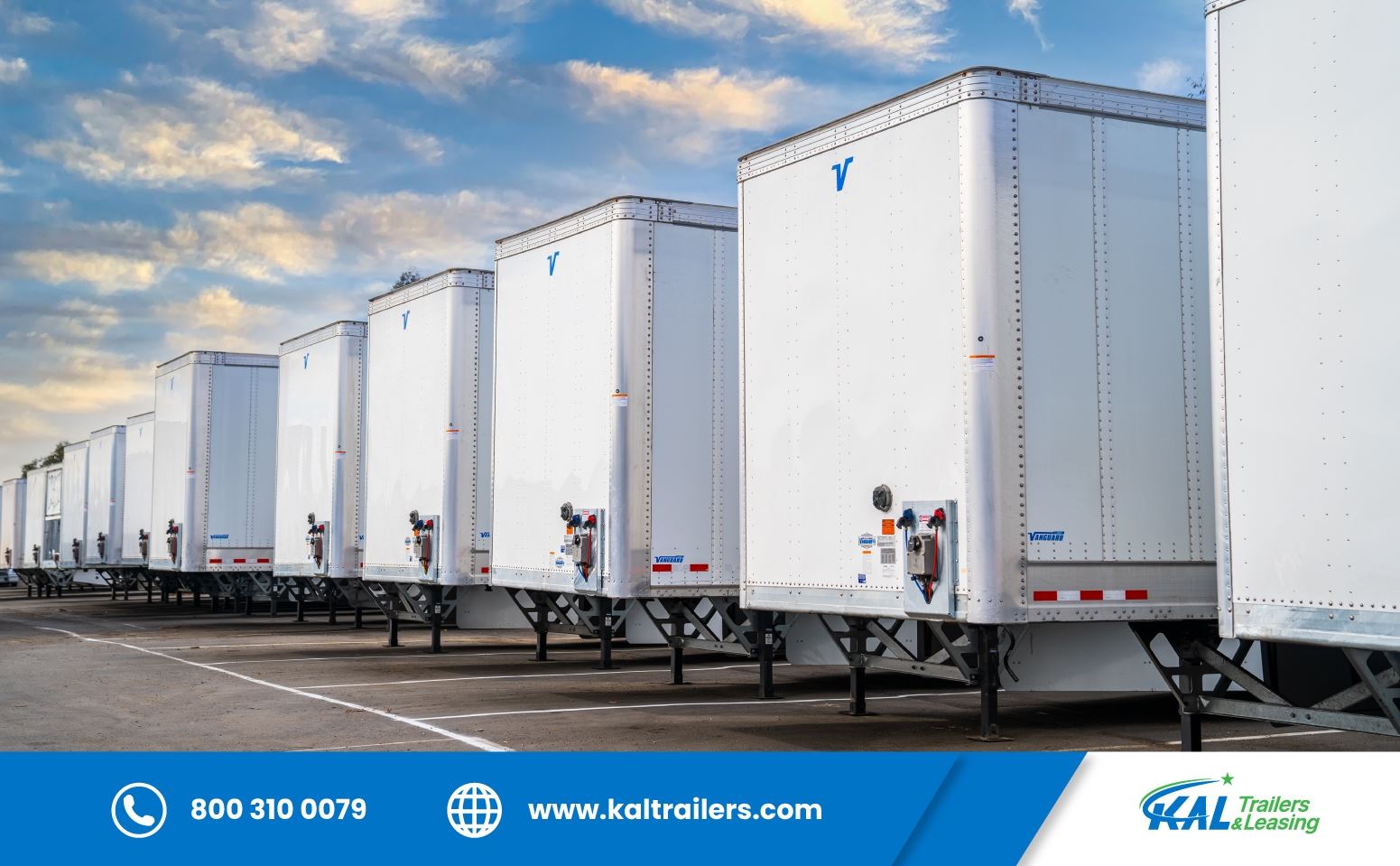

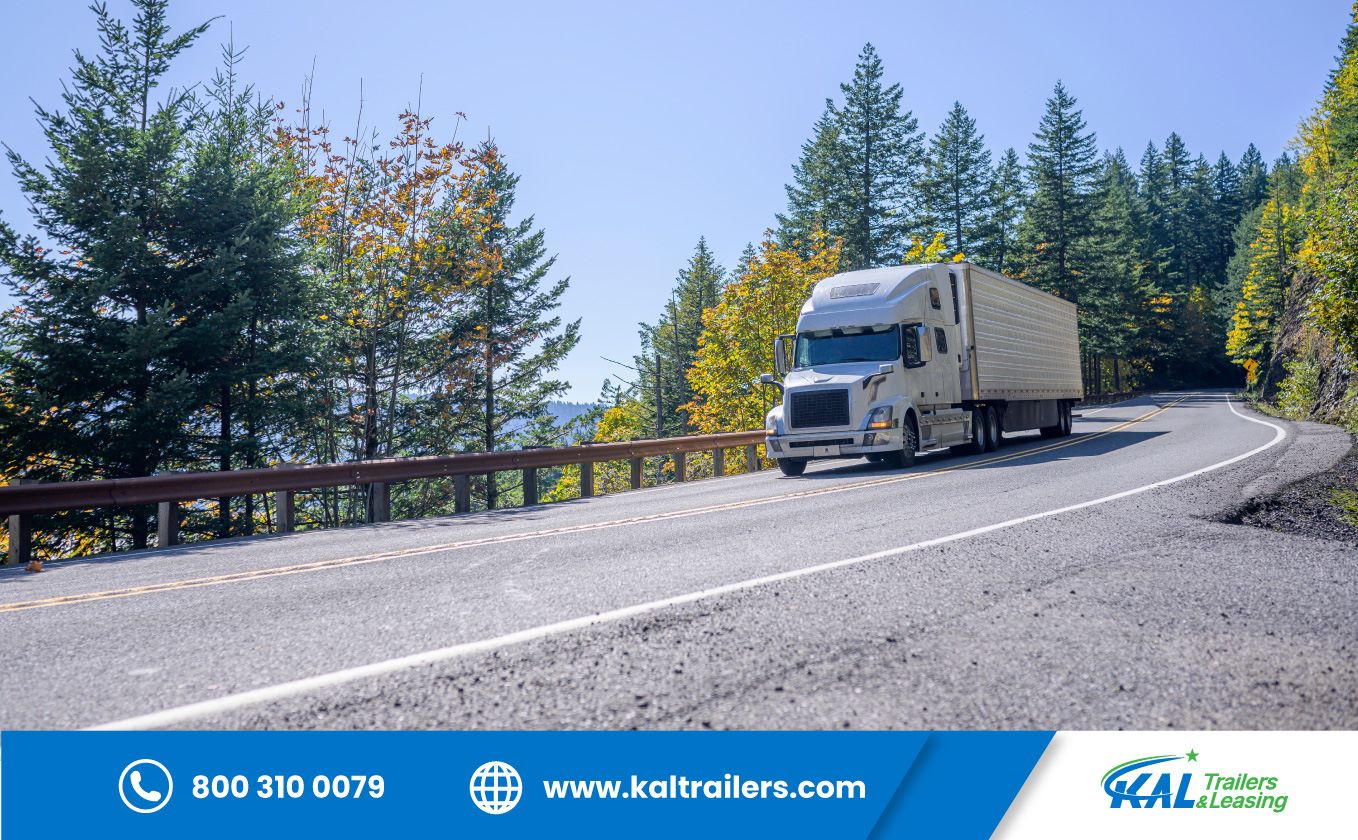
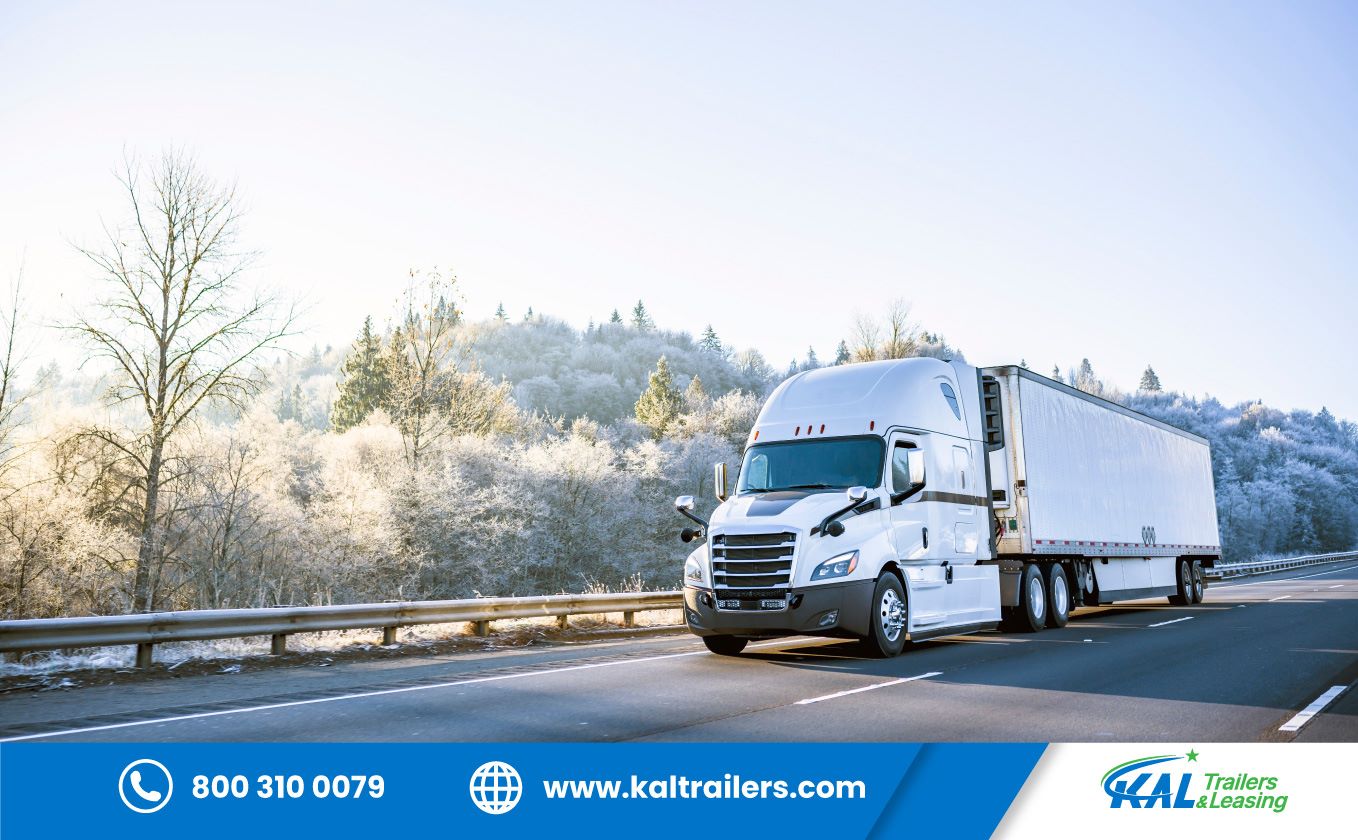
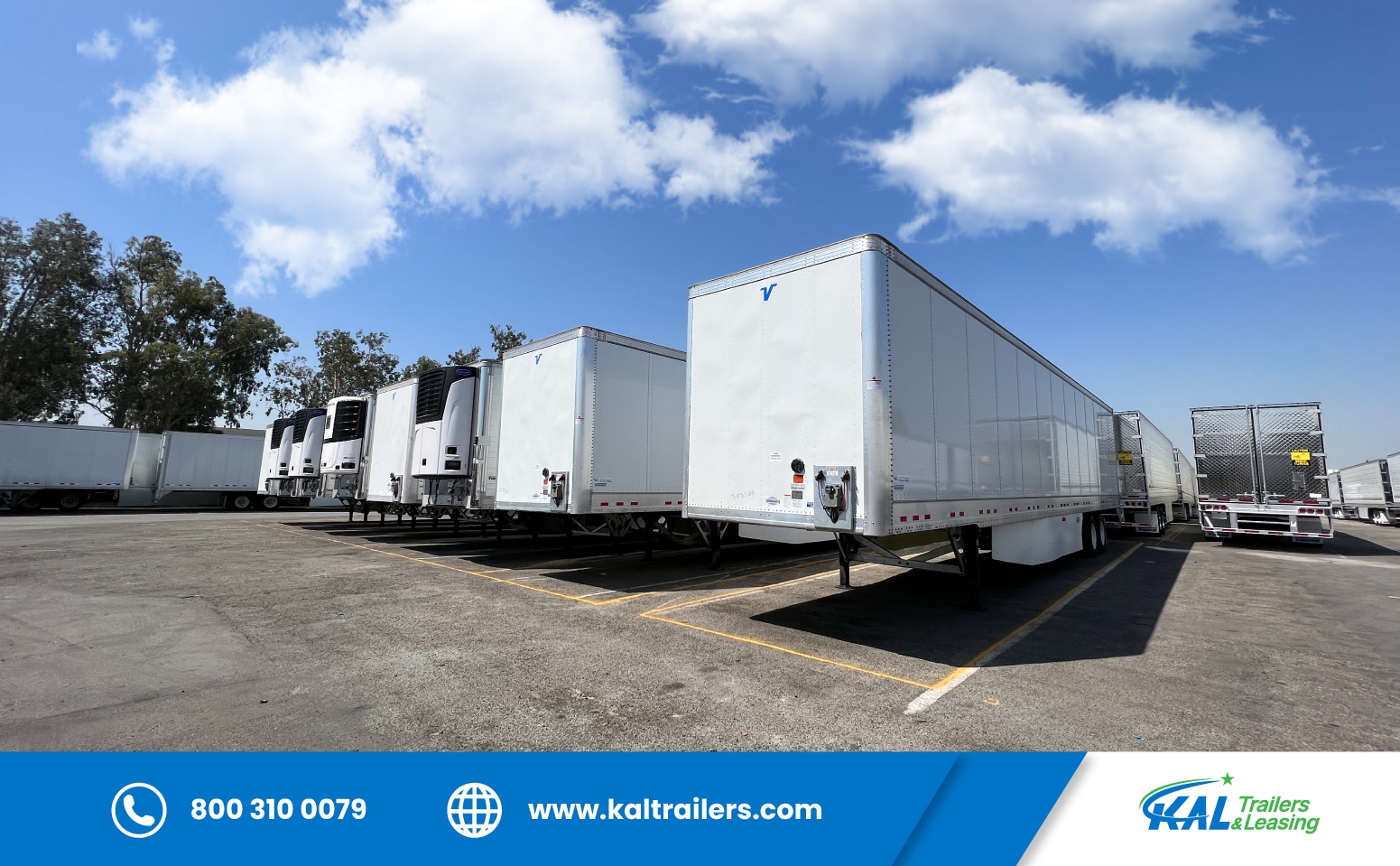
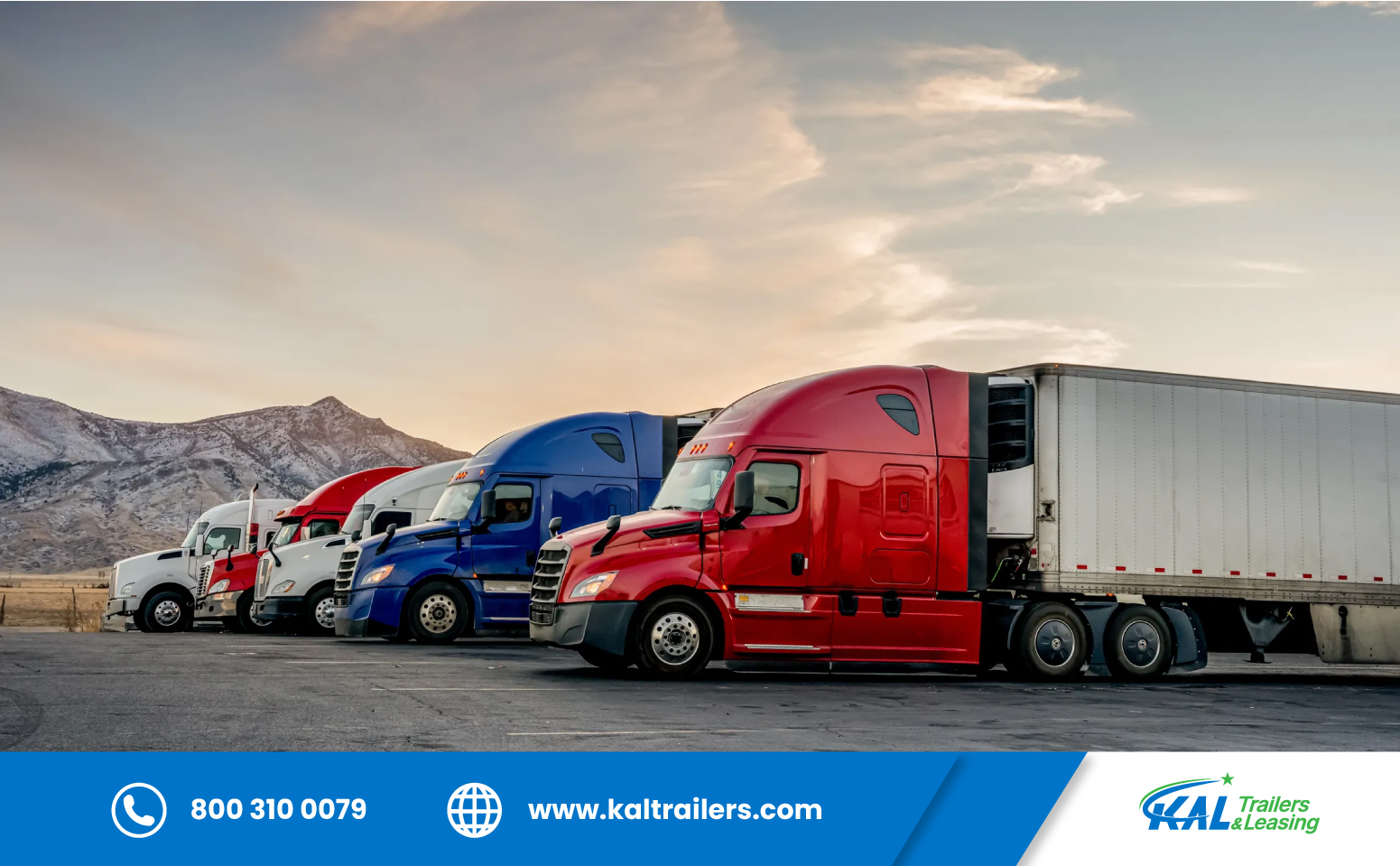
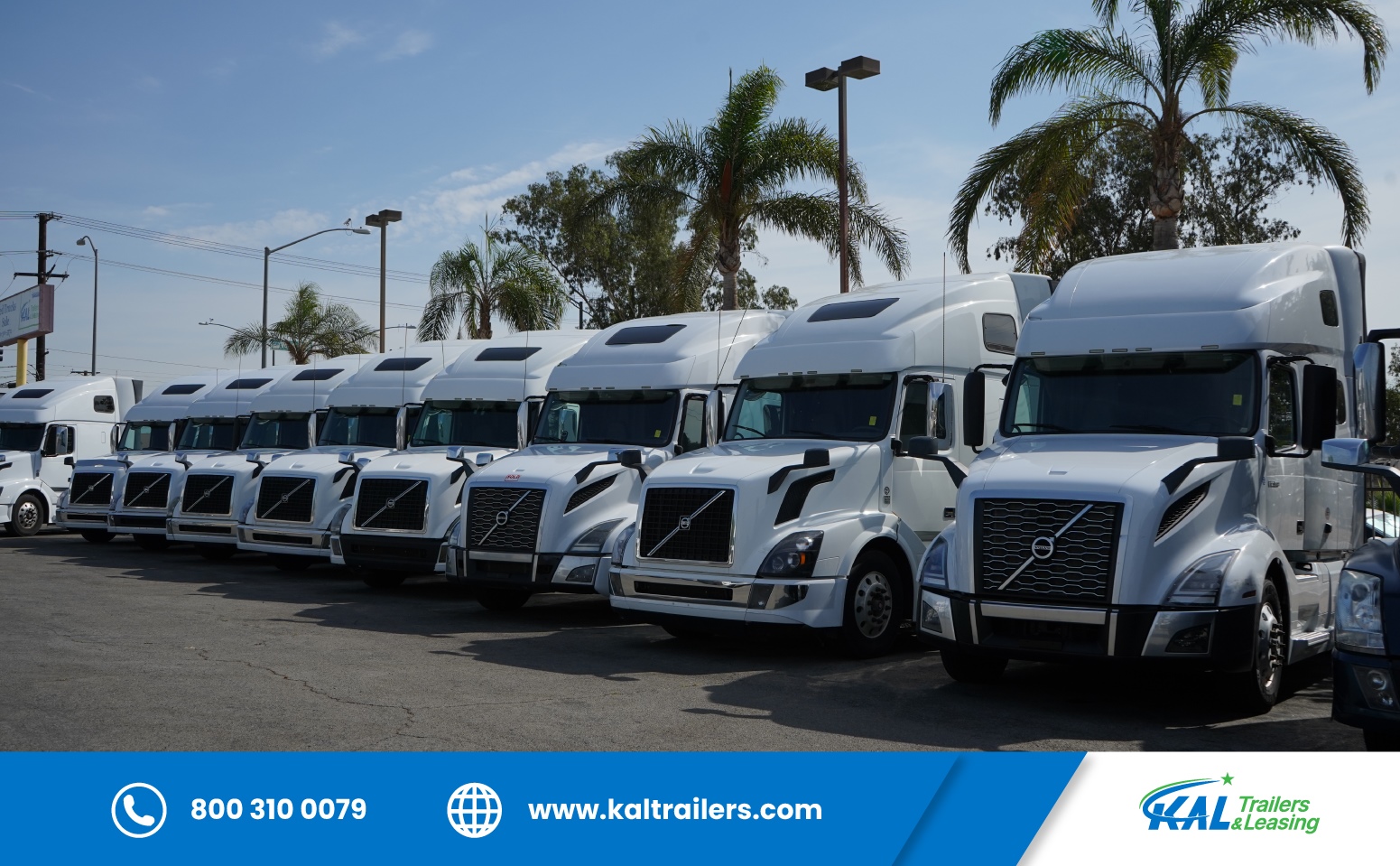
Leave Comments (0 Comments)